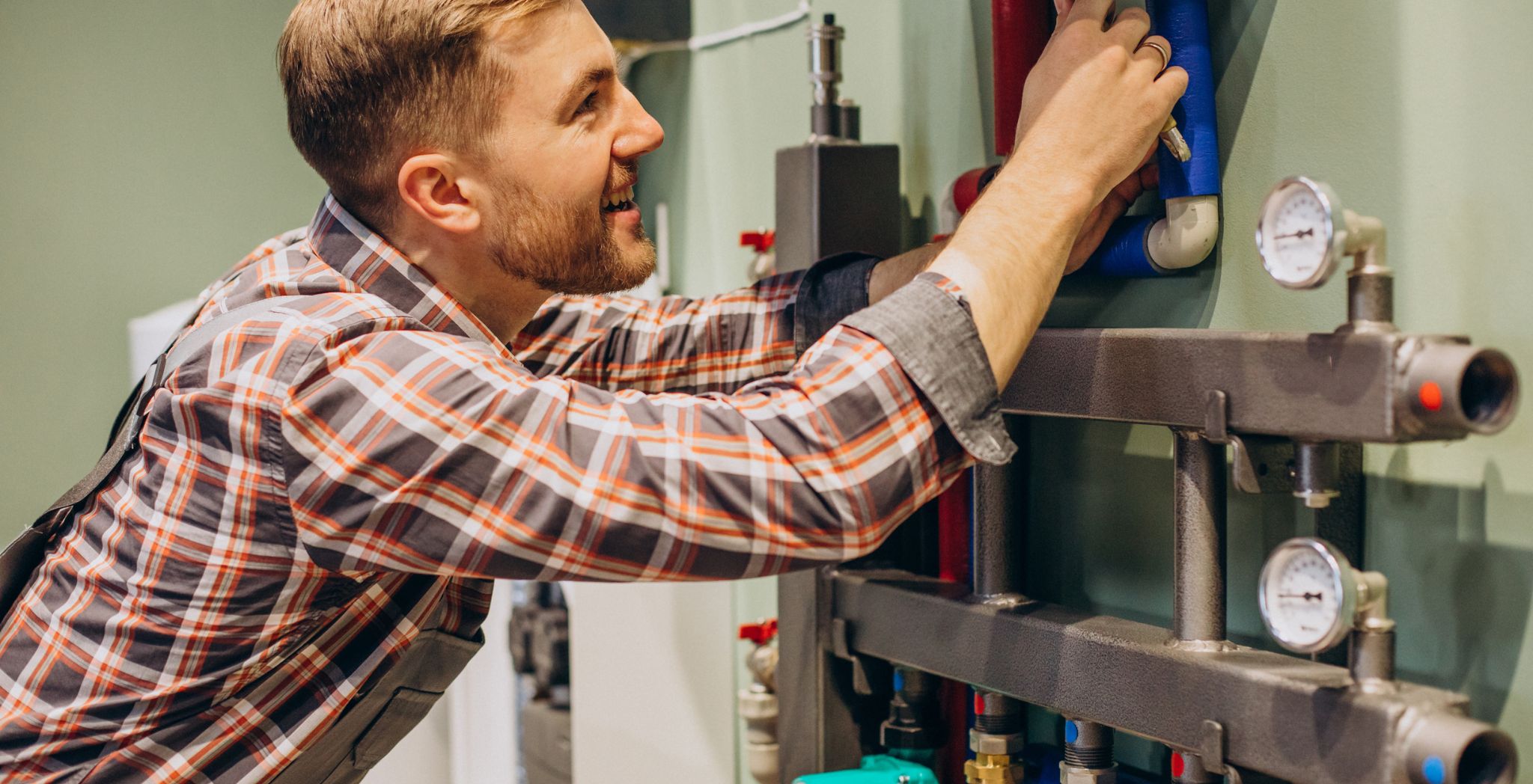Understanding the Purpose of the Pressure Relief Valve
The pressure relief valve (PRV) is a critical safety component in any hot water tank system.
It is designed to prevent the potentially catastrophic effects of excessive pressure buildup.
This valve acts as a fail-safe, automatically opening to release water if the pressure or temperature inside the tank exceeds the safe operating limits, effectively preventing the tank from rupturing or exploding.
The proper functioning of the PRV is essential not only for the safety of the household but also for the longevity and efficiency of the hot water system itself.
The importance of the PRV cannot be overstated.
With this safety mechanism, the increasing pressure within the hot water tank could maintain the tank’s structural integrity.
This could lead to leaks, cracks, or, in the worst-case scenario, a violent tank failure that could cause significant property damage and pose serious risks to occupants.
Therefore, it is paramount for any homeowner to understand the pressure relief valve’s role in maintaining a safe and functional hot water system.
Regular checks and maintenance of the PRV ensure that it remains responsive to overpressure situations.
Signs of Pressure Relief Valve Dysfunction
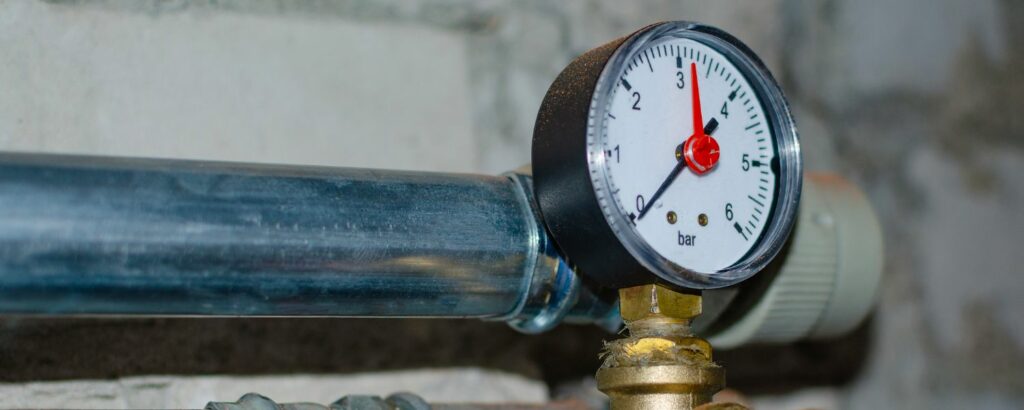
Identifying the early signs of hot water tank pressure relief valve symptoms is crucial in averting potential safety hazards and ensuring your hot water system’s continuous, efficient operation.
One of the most common indicators of a malfunctioning PRV is the water heater relief valve dripping or leaking, which may seem minor but can signify a deeper issue with pressure regulation within the tank.
Continuous dripping or a slow leak from the valve might indicate that it is partially open.
This could be due to sediment buildup, corrosion, or a faulty valve mechanism failing to close properly.
This leads to water wastage and can be a precursor to more significant hot water tank pressure relief valve problems.
Sometimes, the valve might release water sporadically, confusing and misleading homeowners trying to diagnose the issue.
Another symptom to be aware of is the absence of water discharge when the tank is known to be under high pressure or temperature.
This could mean the valve is clogged or jammed, preventing it from opening as designed.
Such a scenario poses a significant risk, as the primary safety feature intended to relieve overpressure is rendered inoperative.
Unusual noises from the valve, such as hissing, whistling, or banging, can also indicate dysfunction.
These sounds may result from steam or water being forcibly expelled through a partially blocked or restricted valve opening, suggesting that the valve may not operate smoothly or efficiently.
Addressing these symptoms promptly is essential to maintaining the safety and integrity of your hot water system.
Ignoring such signs can lead to a complete valve failure, where the valve cannot discharge water regardless of the pressure levels.
This puts the entire system at risk of overpressurization and the potentially catastrophic consequences that could follow.
Importance of Regular Maintenance
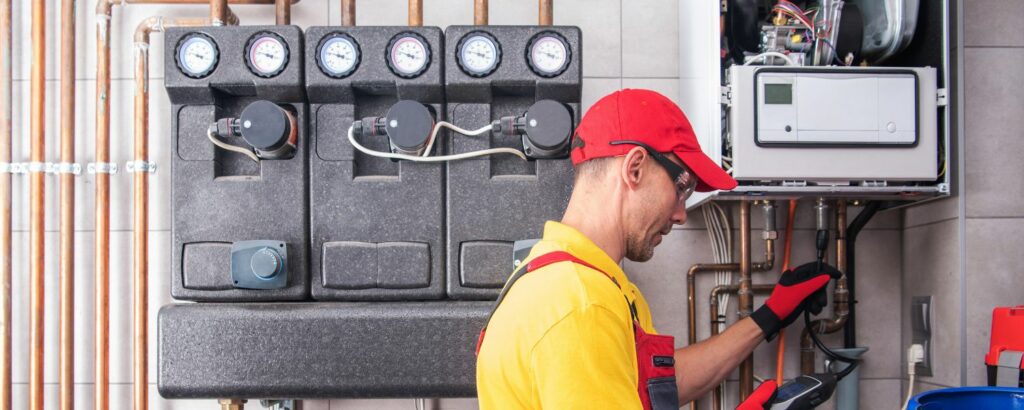
The significance of regular maintenance for the pressure relief valve on your hot water tank cannot be overstated.
This routine attention is not just about ensuring the operational efficiency of your water heating system but, more importantly, about safeguarding your home from the dangers associated with pressure buildup.
Regular maintenance helps identify and rectify hot water tank pressure relief valve problems before they escalate into serious issues.
Without periodic checks, the PRV can become susceptible to various issues, such as sediment buildup, corrosion, or wear and tear, which can impede its function.
This is particularly concerning because the PRV is the last line of defense against excessive pressure that could otherwise lead to tank failure or, in extreme cases, an explosion.
Hence, understanding the mechanics of the valve and ensuring its optimal performance through maintenance is crucial.
Maintenance involves inspecting the valve for any signs of wear or damage, testing its operation by lifting the test lever to ensure it opens and closes properly, and checking for leaks or continuous water heater relief valve dripping.
It’s also an opportunity to clear any debris or sediment that might obstruct the valve, a common cause of malfunction.
Furthermore, regular maintenance allows for the adjustment of the hot water tank pressure relief valve setting, ensuring it is aligned with the specific requirements of your system.
This is particularly relevant in regions with specific regulations or environmental conditions that might necessitate a unique setting, such as the Hot water tank pressure relief valve setting, which might differ from the other areas due to local water supply conditions or regulatory standards.
In essence, the proactive upkeep of the PRV extends the lifespan of your hot water system and plays a pivotal role in preventing potential disasters.
It’s a small investment of time and effort that can save considerable repair or replacement costs and protect your home and family from the risks of unchecked pressure in the hot water tank.
Safety Precautions Before Inspection
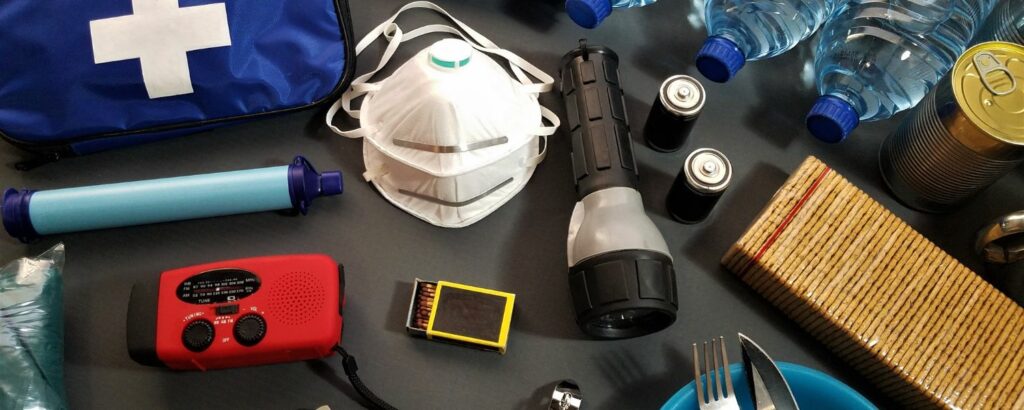
Before inspecting or maintaining your hot water tank’s pressure relief valve, it’s imperative to take certain safety precautions to prevent accidents or injuries.
Given the potential for high temperatures and pressures, ensuring a safe environment for inspection or maintenance activities is critical.
The first step is to turn off the power supply to the water heater.
This applies to electric and gas-powered water heaters, where the gas supply should be shut off.
This precaution is crucial to avoid electrical mishaps or gas leaks during inspection.
Additionally, allowing the water in the tank to cool down is essential before proceeding.
This reduces the risk of scalding from hot water or steam released when the pressure relief valve is opened.
For those wondering how to open a pressure relief valve on the water heater, it’s essential to proceed cautiously.
The valve is typically equipped with a manual release lever, but it should be operated gently to avoid any sudden release of hot water or steam that could cause burns.
Wearing protective gloves and eyewear is advisable to protect against accidental splashes or steam exposure.
It’s also essential to ensure that the area around the water heater is clear and that you have easy access to the water heater pressure relief valve pipe.
This is where any discharged water will exit, and it’s essential to ensure it’s directed safely away from any electrical components or anything else that could be damaged by water.
Taking these precautions ensures your safety and helps accurately assess the valve’s condition.
A safe and controlled environment allows for a thorough inspection, ensuring that any maintenance or adjustments are carried out effectively and maintaining the operational integrity of the hot water system.
Step-by-Step Guide to Testing the Valve
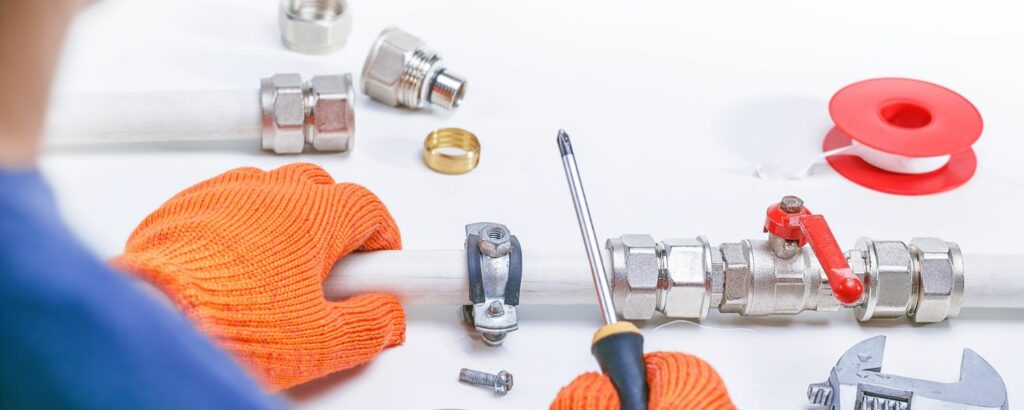
Testing the pressure relief valve on your hot water tank is straightforward and crucial for ensuring the safety and efficiency of your water heating system.
Regular testing helps identify any issues with the valve’s functionality, such as blockages or mechanical failures, that could compromise the system’s safety.
The first step in testing the valve is to locate it in your hot water tank.
The valve is typically found near the top of the tank and has a lever or handle for manual operation.
Before proceeding, ensure that the power supply to the water heater is turned off and the water in the tank has been allowed to cool to a safe temperature to prevent scalding.
To test the valve, gently lift or press the lever on the valve. This should allow water to flow through the water heater pressure relief valve pipe.
The water flow indicates that the valve is operational, relieving pressure from the tank.
It’s essential to release the lever slowly and carefully to control the water flow and prevent any sudden discharge that could cause injury or damage.
If water flows out of the valve when the lever is lifted and stops when the lever is released, this is a good sign that the valve is functioning correctly.
However, if no water flows out when the lever is lifted, this could indicate a blockage or a malfunction within the valve, requiring further investigation or replacement.
It’s also essential to observe the condition of the water discharged during the test.
If the water appears dirty or contains sediment, this could indicate a buildup of debris within the valve or the tank, which can affect the valve’s operation and the overall quality of your hot water supply.
After testing, ensure that the lever is fully reset to its original position to prevent any unintended release of water.
Regular testing, at least once a year, is recommended to ensure that the pressure relief valve remains in good working condition and is ready to perform its critical safety function when needed.
Troubleshooting Common Issues

When troubleshooting hot water tank pressure relief valve problems, it’s essential to approach troubleshooting methodically.
Common issues can range from minor leaks to complete valve failure, each requiring a different resolution approach.
One of the first steps in troubleshooting is to identify the nature of the problem.
For instance, a water heater relief valve dripping might indicate a leak due to a faulty seal or valve seat.
In such cases, tightening the valve or replacing the seal might resolve the issue.
However, if the dripping persists, it may suggest a more significant problem, such as excessive pressure within the tank, requiring a more in-depth investigation.
If the valve fails to open, leading to no water discharge even when manually tested, this could indicate a blockage or a mechanical failure within the valve.
Sediment buildup is a common culprit, especially in areas with hard water.
Cleaning the valve might restore its function, but if the problem persists, it may need replacing.
Unusual noises from the valve, such as hissing or rumbling, can indicate that the valve struggles to maintain pressure levels within the tank.
This could be due to a partially obstructed valve or a malfunctioning mechanism.
Listening carefully to the sounds can provide clues to the nature of the problem, guiding further troubleshooting efforts.
If troubleshooting reveals significant issues or uncertainty about the valve’s condition, consider replacing it with a hot water tank pressure relief valve.
Replacing a malfunctioning valve is crucial to maintaining the safety and efficiency of your hot water system, and it’s often a straightforward task for those with some DIY experience.
However, if you are still unsure how to proceed, seeking professional advice is the best way to ensure the system’s safety and reliability.
DIY vs. Professional Replacement Considerations
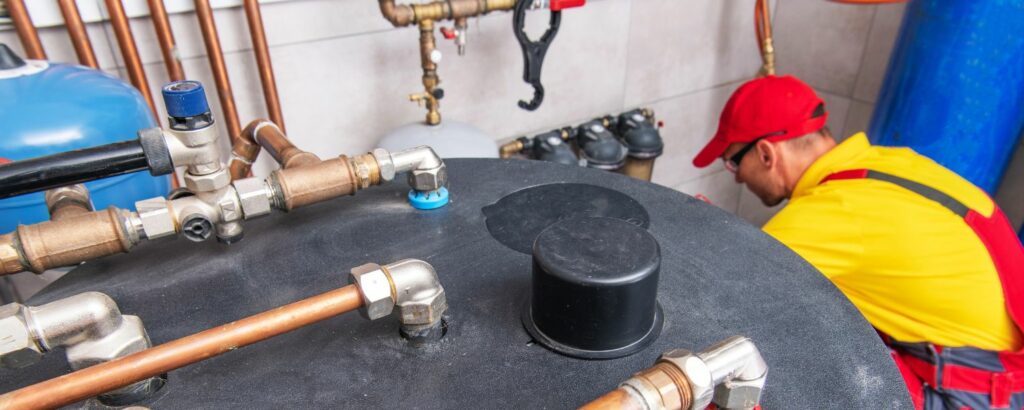
Regarding hot water tank pressure relief valve replacement, homeowners choose between DIY or professional services.
Considerations include technical skills, system understanding, and replacement complexity.
DIY replacement involves:
- Draining the tank.
- Unscrewing the old valve.
- Applying Teflon tape.
- Securely installing the new valve.
However, incorrect installation may lead to leaks or damage. Factors like valve size and pressure setting require careful consideration.
Professional installation is recommended for those who need help with DIY skills or system specifications.
Professionals ensure correct installation, offer system insights, and provide safety assurance.
Ultimately, the choice between DIY and professional installation depends on individual capabilities and the desire for expert assurance.
Selecting the Right Replacement Valve

Choosing the correct replacement for your hot water tank’s pressure relief valve is crucial for safety and efficiency.
Here’s what to consider:
- Ensure compatibility with your system’s specifications, including size, pressure setting, and temperature rating.
- The pressure relief valve setting must suit your system’s design and operating conditions for adequate relief.
- Consider quality and reliability when selecting a replacement valve from reputable manufacturers.
- Check for certifications or approvals from relevant standards organizations.
- Install the replacement valve carefully to ensure a secure and leak-free connection, using Teflon tape for a watertight seal.
- Test the valve to confirm proper operation and that there are no leaks.
With the correct replacement valve and proper installation, homeowners can maintain their hot water system’s safety and efficiency, ensuring reliable access to hot water and peace of mind.
Installation Guidelines for a New Valve
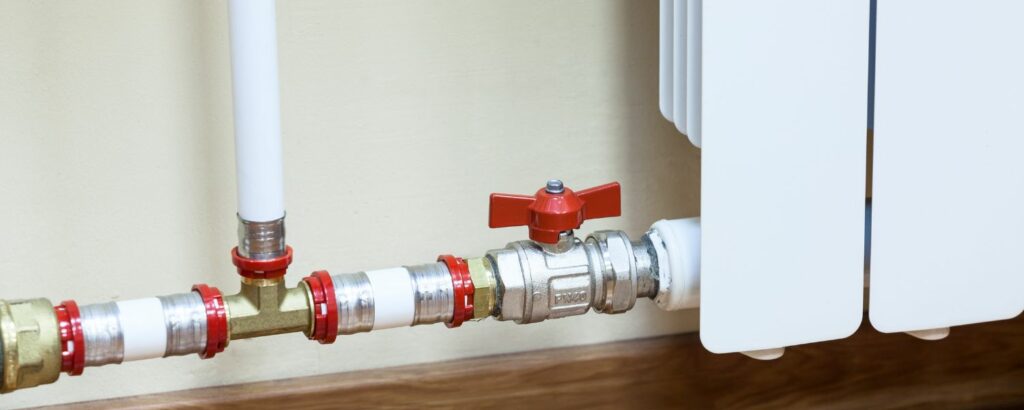
Installing a new pressure relief valve on your hot water tank is critical for safety and efficiency.
Here’s a brief guide:
- Prepare by turning off the power and letting the tank cool.
- Drain partially to reduce pressure and water level.
- Select a valve that matches the size and pressure settings.
- Wrap Teflon tape around the valve’s threads for a tight seal.
- Screw the valve in place, avoiding overtightening.
- Test by lifting the lever to ensure proper operation and no leaks.
Proper installation ensures the safety and functionality of your water heating system. If you need clarification or help, seek professional assistance.
Long-Term Maintenance Strategies
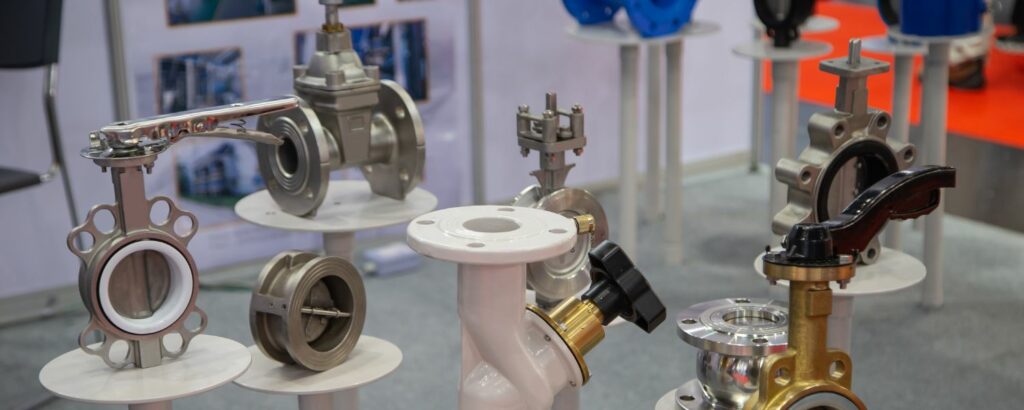
Maintaining the pressure relief valve on your hot water tank ensures long-term safety and efficiency.
Regular testing, at least yearly, ensures correct operation. Keeping the area clean prevents sediment buildup while adjusting the valve setting as needed is crucial.
Professional inspections provide expert assessment and peace of mind. With these strategies, homeowners ensure their hot water systems remain safe, efficient, and reliable.
Conclusion:
In the intricate dance of household safety and comfort, the pressure relief valve safeguards against pressure buildup.
Understanding its role, detecting dysfunction, and ensuring maintenance highlight its importance.
Exploring valve symptoms and maintenance underscores the balance between vigilance and action in home safety.
Testing, troubleshooting, and replacement signify our commitment to safeguarding our homes.
Selecting the correct valve and adhering to installation guidelines and maintenance strategies demonstrate prudent stewardship.
Each decision fortifies our home’s safety net, ensuring security matches comfort.
As we conclude, let’s continue to learn about maintaining our valve and understanding its critical role.
May this empower us to uphold domestic tranquility and safeguard our homes.

